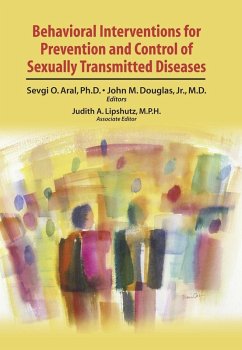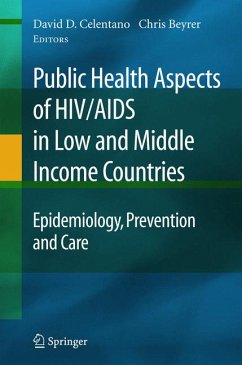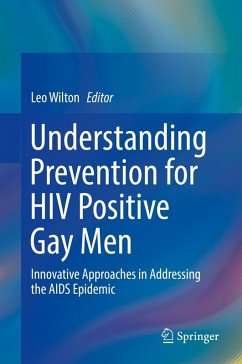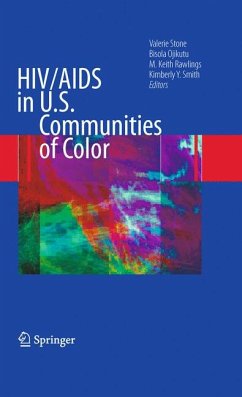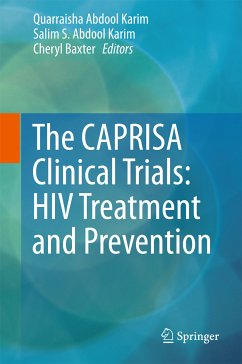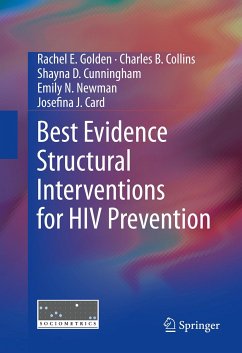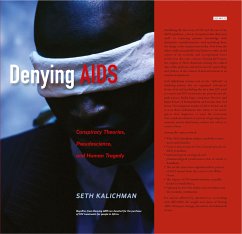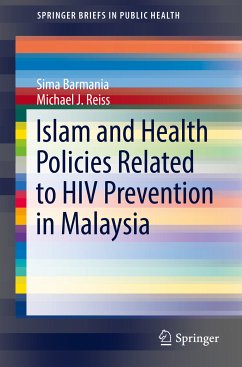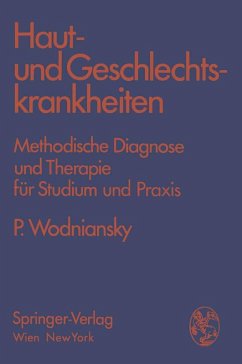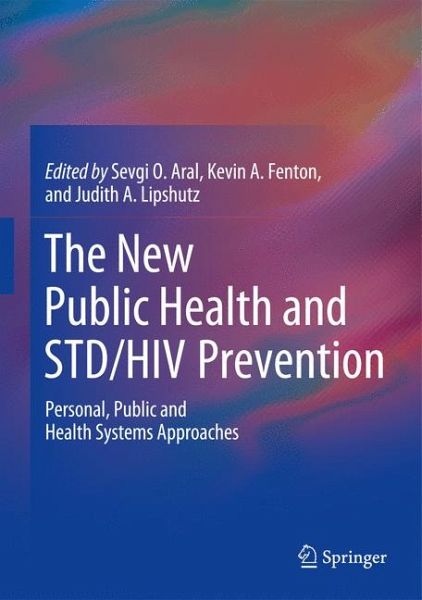
The New Public Health and STD/HIV Prevention (eBook, PDF)
Personal, Public and Health Systems Approaches
Redaktion: Aral, Sevgi O.; Lipshutz, Judith A.; Fenton, Kevin A.
Versandkostenfrei!
Sofort per Download lieferbar
72,95 €
inkl. MwSt.
Weitere Ausgaben:

PAYBACK Punkte
36 °P sammeln!
Despite effective approaches to prevention, STD and HIV infection rates remain fairly constant. Targeting, implementation, and monitoring of interventions have posed widespread problems, and the recent spate of cuts to prevention budgets has made these roadblocks even more challenging. It is clear that working in sexual health requires both a deeper understanding of STI/HIV epidemiology and an ongoing quest for up-to-date, realistic prevention strategies. The New Public Health and STD/HIV Prevention offers readers leading-edge access to both. Focusing on social determinants of sexual health, a...
Despite effective approaches to prevention, STD and HIV infection rates remain fairly constant. Targeting, implementation, and monitoring of interventions have posed widespread problems, and the recent spate of cuts to prevention budgets has made these roadblocks even more challenging. It is clear that working in sexual health requires both a deeper understanding of STI/HIV epidemiology and an ongoing quest for up-to-date, realistic prevention strategies. The New Public Health and STD/HIV Prevention offers readers leading-edge access to both. Focusing on social determinants of sexual health, at-risk populations, critical factors in approaches to prevention, and reviews of new research, this authoritative volume explores areas as varied as HPV prevention, technology-based interventions, migration as a factor in disease transmission, and competencies key to effective leadership in the field. Dispatches from the frontlines of theory, research, and practice in the U.S. and abroad include: Personal risk, public impact: balancing individual rights and STD/HIV prevention. Distribution of prevention resources and its impact on sexual health. Prevention measures in diverse populations of women. Toward a better approach to preventive interventions with men who have sex with men. Adolescent sexual health and STIs. Reducing disparities in sexual health: lessons from the campaign to eliminate infectious syphilis. Public health professionals of all backgrounds interested in or working in improving sexual health will find The New Public Health and STD/HIV Prevention an indispensable guide to conceptualizing the problems and clarifying possible solutions.
Dieser Download kann aus rechtlichen Gründen nur mit Rechnungsadresse in A, B, BG, CY, CZ, D, DK, EW, E, FIN, F, GR, HR, H, IRL, I, LT, L, LR, M, NL, PL, P, R, S, SLO, SK ausgeliefert werden.




